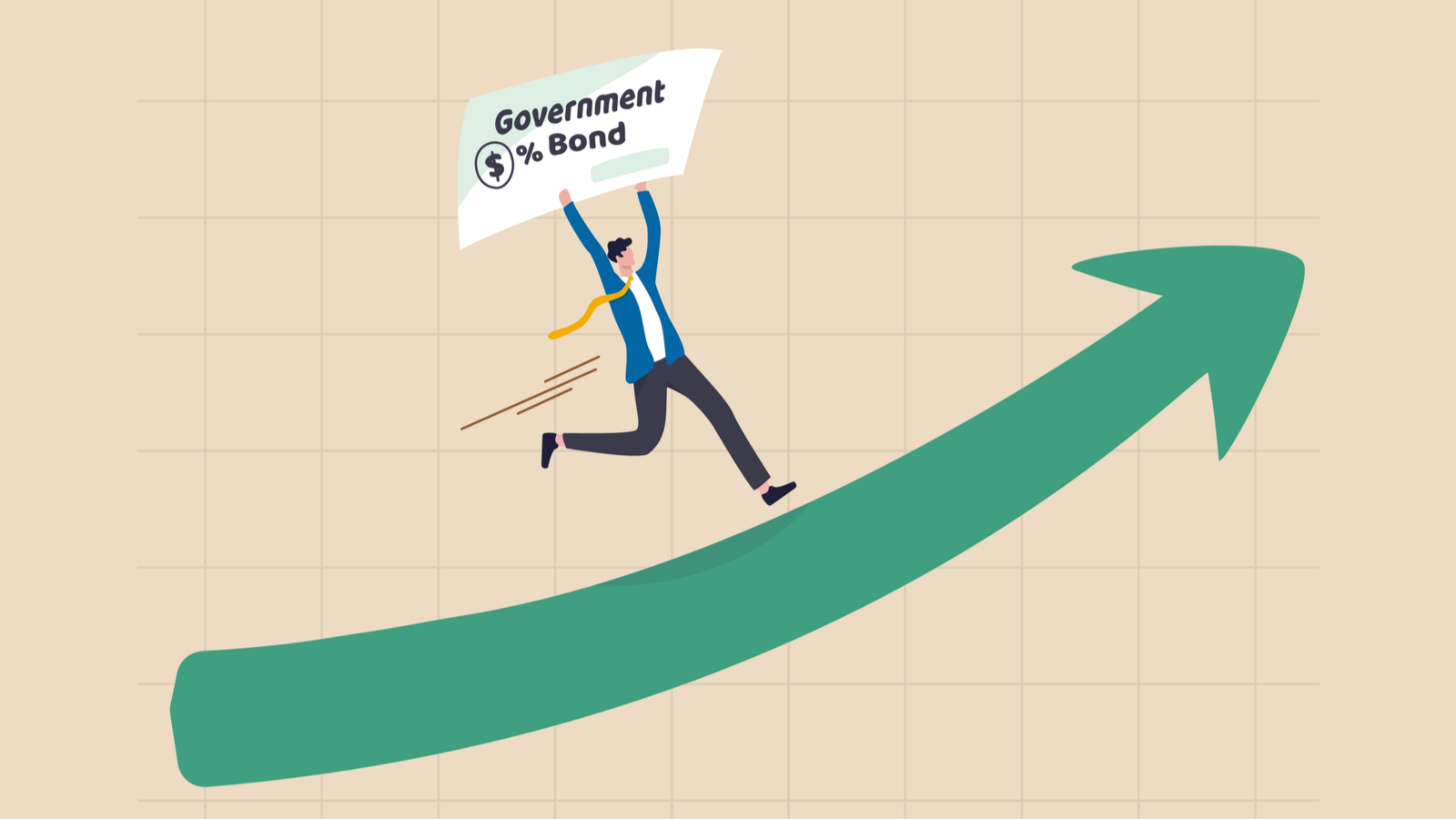
It might seem strange to be talking about bonds of any kind after the ratings agency Fitch downgraded the U.S. soverign credit rating from AAA to AA+ on Aug. 1. However, Treasury STRIPS aren’t any bond. When used properly, they can supercharge your IRA.
How’s that, you ask? I’ll get to that, but first, let me explain what Treasury strips are and why you might be interested in investing in them.
Treasury STRIPS, or zero-coupon bonds as they are sometimes called, are bonds that don’t pay interest until they mature. STRIPS stands for Separate Trading of Registered Interest and Principal of Securities.
The Financial Industry Regulatory Authority’s (FINRA) One-Minute Guide to Zero Coupon Bonds One-Minute to Zero Coupon Bonds states:
“With a zero, instead of getting interest payments, you buy the bond at a discount from the face value of the bond and are paid the face amount when the bond matures. For example, you might pay $3,500 to purchase a 20-year zero coupon bond with a face value of $10,000. After 20 years, the issuer of the bond pays you $10,000.”
When interest rates were near 0%, zeros (no pun intended) weren’t attractive because the discount received was negligible. However, now that the Federal Reserve’s raised the fed funds rate to a range of 5.25% and $5.50%, their highest level in 22 years, they’re likely to become more attractive.
Here are three reasons why this is an appealing option for those saving for retirement within an IRA and other tax-advantaged accounts.
Zero-Coupon Bonds Are Perfect for IRAs

One of the peculiarities of Treasury STRIPS is that you’re still required to report “a prorated portion of interest each year, as income, even though interest hasn’t been paid out,” Investopedia writes.
So, in the FINRA example from the intro, the $6,500 difference between what you paid for the zero-coupon bond ($3,500) and what was received at maturity ($10,000) is taxable in 20 prorated annual amounts of $325. By investing in Treasury STRIPS within an IRA, your $325 remains tax-free while held in the IRA.
However, if you withdraw funds before you turn 59 ½, they will be taxed as ordinary income, and you’ll face a 10% penalty on funds withdrawn by the federal government and possibly one from your state government.
If you are 59 ½ or older, you can withdraw funds from your traditional IRA without penalties. However, your withdrawals will be taxed as earned income. Starting at 73, you must take annual Required Minimum Distributions, a percentage of your IRA’s value prorated over your life expectancy.
The Discount Factor Vs. Other Bonds

A straight bond bought at par and held to maturity has two essential features: regular interest or coupon payments and repayment of the original principal at maturity. The annual taxable interest income received will be included on your IRS tax form 1099-INT.
When you buy a $10,000 straight bond, you will receive regular interest payments based on the attached coupon.
Investopedia writes:
“The interest from Treasury bills, notes, and bonds is taxable at the federal level but not at the state and local levels. Certain U.S. government agency securities are also taxable at the federal level but exempt from state and local taxes.”
Corporate bond income is taxable at all three levels of government, so they are also best held within tax-advantaged accounts like an IRA.
Meanwhile, municipal bonds are tax-free at all three levels if you live in the city or state issuing the bond. Importantly, if you buy a municipal bond on the secondary market and then sell it, you could be open to short-term or long-term capital gains.
So, referring back to the FINRA example, if you need $30,000 in 20 years for retirement, you would only have to buy $10,500 in zero-coupons today to meet your goal. Inside your IRA, you would avoid the phantom earned income.
While you could do the same with a 20-year straight bond paying 5.4%, the tax peculiarity of Treasury STRIPS makes holding them within a tax-advantaged account essential.
What About a Roth IRA?

The Roth IRA could be an even better tax-advantaged vehicle than a traditional IRA when investing in Treasury STRIPS.
Why is that?
Roth IRAs use after-tax contributions, whereas traditional IRAs use pre-tax contributions. This means that when you contribute to a Roth IRA, you aren’t getting any tax benefits in the year you contribute, while a contribution to a traditional IRA gets you a deduction.
Furthermore, the Roth IRA has income and contribution limits, making it an excellent retirement vehicle for people with good income but not obscene amounts. In 2023, the maximum income level for a single person is less than $138,000. That person can contribute a maximum of $6,500 annually ($7,500 if they’re 5o or older).
So, referring to the FINRA example, if you are 50 or older, you could buy two 20-year, $10,000 face-value zero-coupon bonds for $7,000, $500 under the annual contribution limit.
Assuming you keep the Roth IRA open for 20 years, the $20,000 in maturing Treasury STRIPS could be withdrawn tax-free, making it, in certain circumstances, even better than the traditional IRA.
Ultimately, however, you should have these discussions with your financial or tax advisor.
On the date of publication, Will Ashworth did not have (either directly or indirectly) any positions in the securities mentioned in this article. The opinions expressed in this article are those of the writer, subject to the InvestorPlace.com Publishing Guidelines





